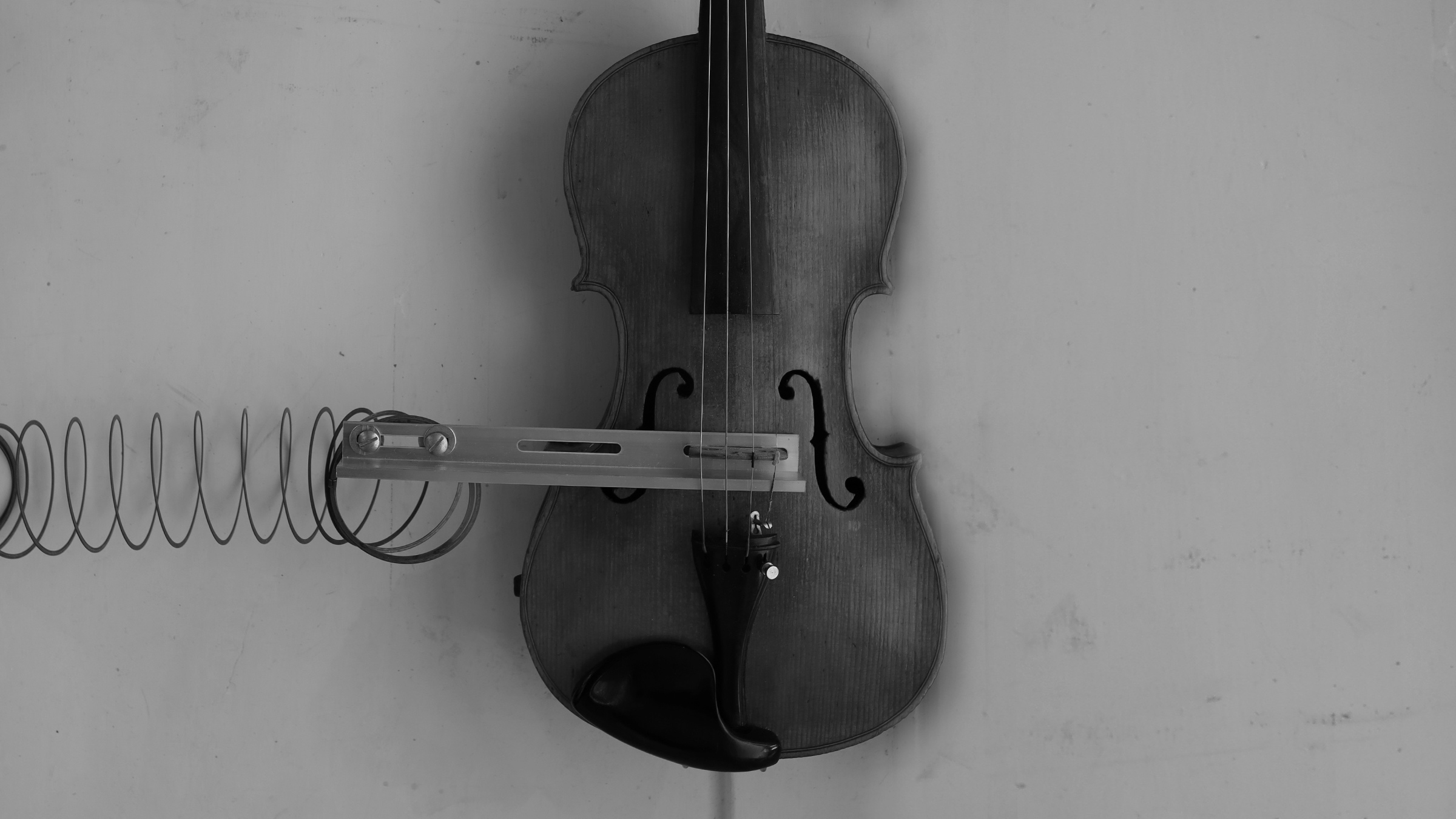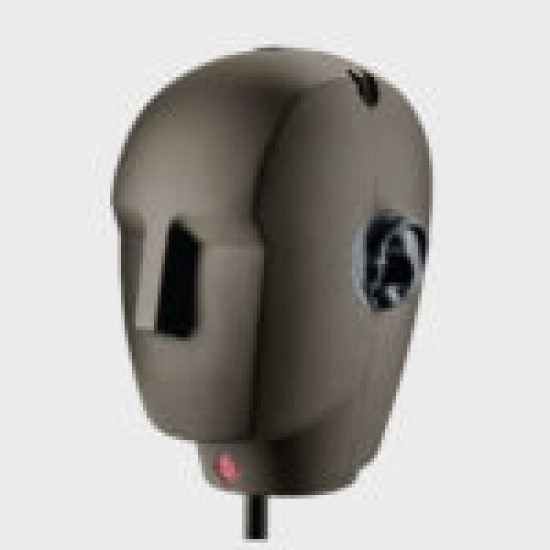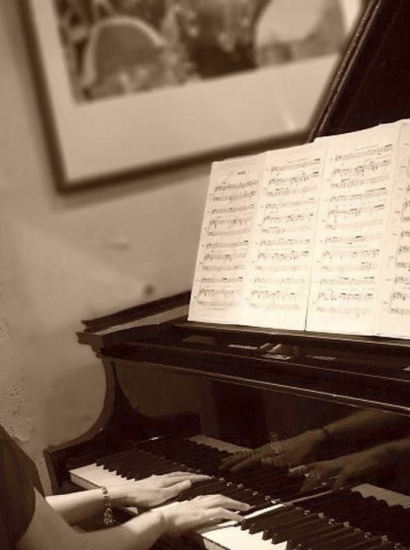
The story
In November 2020, I attached a slinky to my violin, effectively turning my home into a giant reverb tank. The resulting sound is dusty and metallic, but also hauntingly beautiful.
## About the sample
The sample libraries include both the slinky sound, and the dry room sound. In this way you can choose how conventional you want your The dry room sound was recorded with a stereo mic in standard X-Y pair pattern.
Available for Kontakt, SFZ, and Decent Sampler.
The library contains five versions of the patch:
– Slinky Violin: This is the basic version of the patch. It has two velocity layers. Velocity controls volume.
– Slinky Violin (forte layers only): The version just consists of the loud layers. Velocity controls volume.
– Slinky Violin (piano layers only): The version just consists of the soft layers. Velocity controls volume.
– Slinky Violin Duet: This version consists of both the soft and loud layers from the above sample being played at the same time. Velocity controls volume.
– Slinky Violin Duet (modwheel): Orchestral composers will want to start with this one. The dynamics in this patch are controlled by the modwheel (MIDI CC1). With the modwheel all the way down, you get just one violin. With the modwheel all the way up, you get both layers at full volume.
## About the experiment
Video: https://youtu.be/uM8NkACgxQs
Throughout the years, I’ve owned several guitar amps with built-in spring reverb, and I’ve always loved that twangy, metallic sound. Spring reverb in electric guitar amps works by taking the signal from a guitar’s pickups, amplifying it, passing it into one end of a long coil, picking it up at the other end, and then amplifying that signal some more. Because the internal coil is long and twisty, the sound waves don’t travel directly from one end of the reverb tank to another, but instead take their time and bounce around. This produces the characteristic reverb effect we’ve all come to know and love.
I’ve always wondered what a violin would sound like if it were subjected to a similar treatment. Of course, an acoustic violin is a bit more analog than an electric guitar – there is no pickup – which raises the question: what if you were to attach the spring directly to the body of the instrument you were trying to add reverb to? After seeing a Simon the Magpie Youtube video in which Simon attempted a similar experiment on his acoustic guitar, I knew exactly what I had to do. You can watch my experiment unfold in the video linked above.
And yes, I’ve since replaced the slinky I stole from my son. 😉
Reviews for Slinky Violin
- Sound
- Character
- Playability
- Inspiration
- GUI
Leave a review to let others know what you thought of the instrument!
such a stellar sound!!
this is such a gem!! I'm really, REALLY pleased to have this--along with decent sampler & bunches of other amazing sounds--as part of my musical tool bag. truly lovely stuff. thanks so much to you. mr. hilowitz, for this. bravo, good sir!!
Extremely interesting violin
Not a violin for just any situation, but very fun to play with such a unique sound! I really like how all the presets are in one!? It actually took me a time or two to realize that I could click on which preset from inside DS, I'd like to try doing that for my next instrument. Also, the GUI! David's are always well thought out, and the artwork is clean and fits well, but the knobs are perfect for this instrument! As I play with each preset I do bring the reverb and room down to get acquainted with the instrument before bringing those knobs back up his presets are excellent starting points. The dynamic knob is great to have, and the slinky knob is a cool touch, it obviously changes the character a lot, but I adds a lot too and can help build intensity when used in combination with the dynamic knob.
Awesome
No other words needed , it's just an awesome idea and the sound it's fantastic. Also , it is one of the very few times that I did use all the versions included in the library so for me everyone should know how much a genius you are to have created this library and how much work and passion you put dedicate to the Decent Sampler project...thank you soo much David! ❤
Quartet please
Hi David,
Love your work!
Have you ever considered making a slinky Quartet?
I would love to hear your Box Cello slinkyfied or even your Chinese Violas.
Anyway great sounding Instrument, and thank you so much for your Tutorial on how it was made.Love the forte layers!
Distinctive and beautiful texture out of the box. Forte layer has some projection power so I think can be used to add a characteristic solo line.





